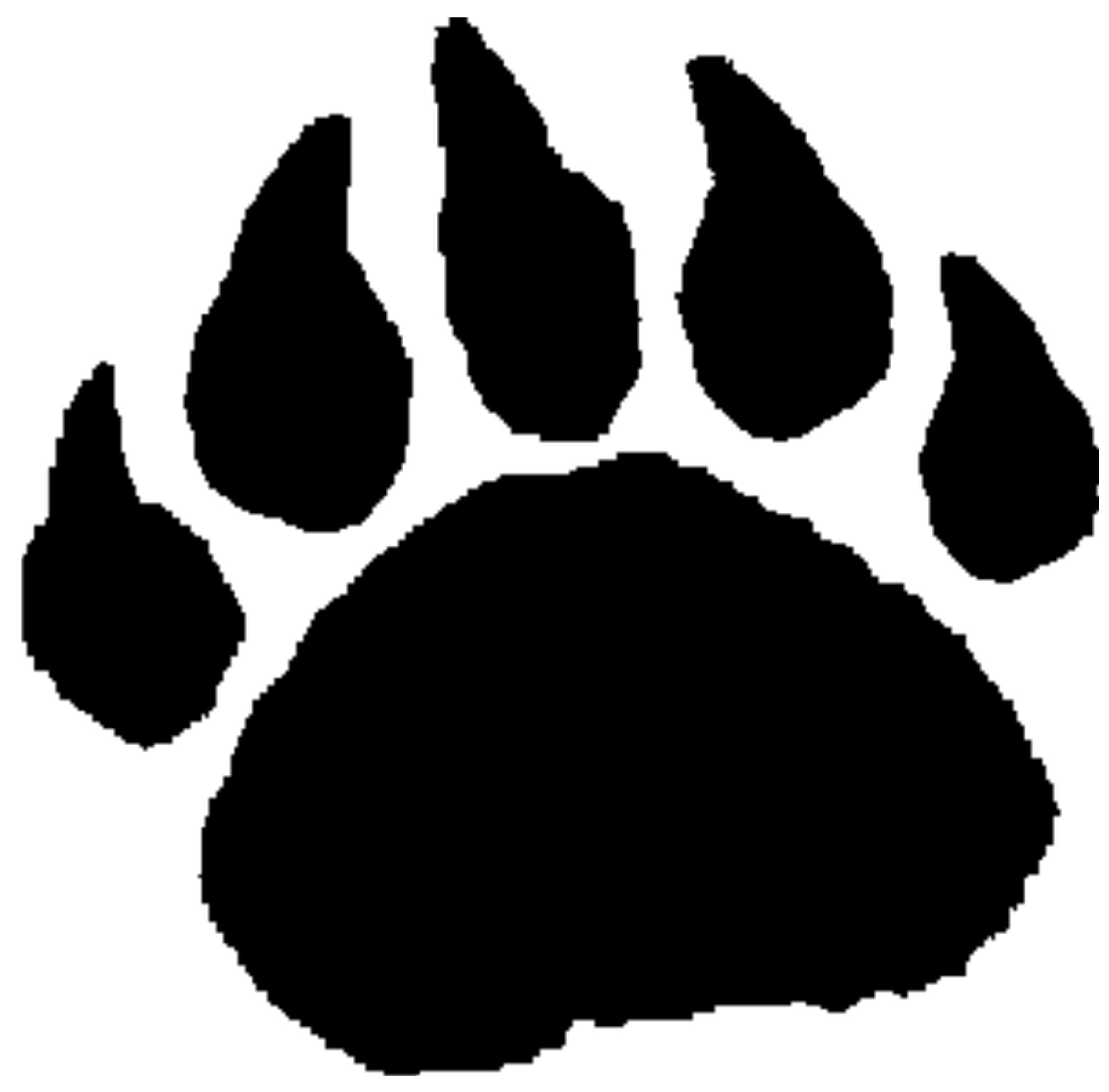

Wild animals like wolves and coyotes tend to walk in a straight line to conserve energy, while dogs zig-zag and circle around quite a bit when they are walking.ĭomestic dogs also tend to splay their toes, producing a track with toes and nails that are pointing outward. If you can find a set of prints, you can usually tell the difference by how the two animals walk. When comparing front and rear tracks, the fore prints of all members of the dog family are significantly larger than the hind print.Ī domestic dog can have a similar-sized print to a wolf or coyote, making it difficult to tell them apart. Because of the arrangement of the toes and pad, you can draw an "X" through the canine print. There usually are claws visible in the track and they also point forward. The four toes point forward and are held closely together with the two front toes often lining up side-by-side. Straddle is the measurement of the width of the track from the outside of the right track to the outside of the left track.Ĭanine prints are distinctive - the overall shape is oval with four twos and a heel pad that is concave at the bottom. Stride is measured from the heel of one print to the heel of the other print on the same side. Stride and Straddle: Stride and straddle measure the gate of an animal and can be used to distinguish between two very closely related prints. Webbing: Webbing is usually found on animals that frequently swim in the water. Most guidebooks will have measurements for both prints. A deer could make a print that resembles a moose because it is walking on mud softened by a recent rainstorm.įront/Rear: Front and rear paws may have slightly different sizes and shapes, depending on the animal.

Be careful when comparing prints from different locations and times. The heavier the animal, the deeper the print it will leave. Look for additional prints and other tracks to help fill in these blanks.ĭepth: Depth is useful when comparing tracks left in the same substrate at the same time. There is some grey area - a feline may bring out its nails because it is on alert or a dog won't sink down enough to imprint its nails.

Nails: Nails are a huge find when you can see them! Canines tend to leave a nail print while felines don't since they can retract their nails. Number of Toes: The number of toes is important to tell the major groups of animals apart! Bears have five toes, while canines and felines have four, for example. In these cases, you need to look for other clues, such as the tracks of the mother wolf or multiple tracks from a litter of fox kits. A wolf pup may have the same size print as an adult fox. Within the canines, a fox print will be smaller than a wolf print. Width/Length: Width and length help you tell the difference between closely related animals. You need to get up close and personal with the print, examining the details such as the size of each print, the number of toes, and more. This pattern of leapfrogging is found in rabbits and rodents like mice, red squirrels, and chipmunks.įinding the track pattern helps you narrow down the animal you are trying to identify into larger groups, but that is only the first step of identification. Hoppers move by placing their rear feet slightly ahead of their front feet and pushing off so their front feet land first and their back feet land in front.


 0 kommentar(er)
0 kommentar(er)
